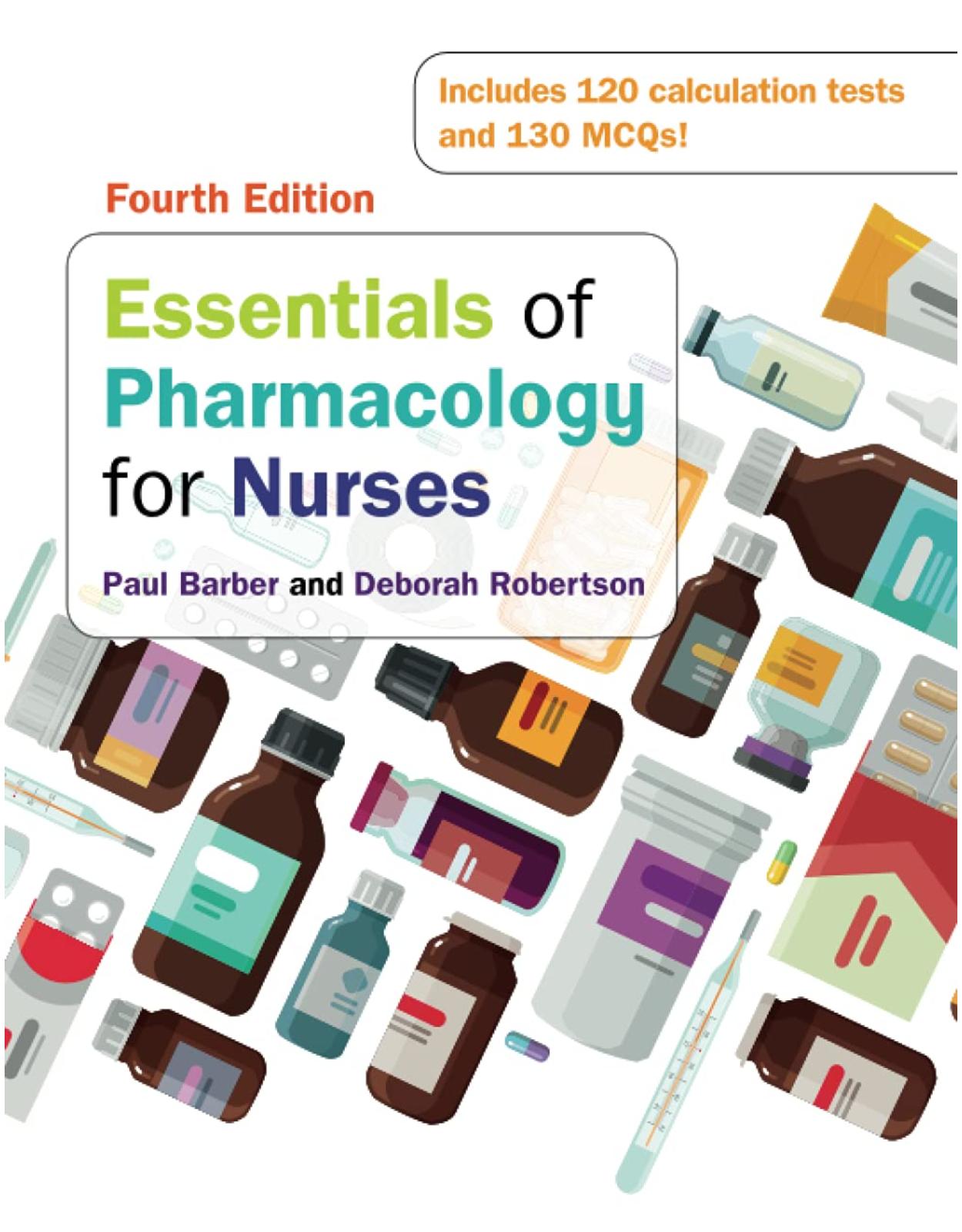
Essentials of Pharmacology for Nurses
Livrare gratis la comenzi peste 500 RON. Pentru celelalte comenzi livrarea este 20 RON.
Disponibilitate: La comanda in aproximativ 4 saptamani
Editura: McGraw-Hill
Limba: Engleza
Nr. pagini: 298
Coperta: Paperback
Dimensiuni: 190 x 245 x 15 mm
An aparitie: 28 May 2020
Description:
This ideal starter text for student nurses in pharmacology is now into its 4th edition. It makes pharmacology less intimidating by focusing on the knowledge needed at pre-registration level in order to safely and competently practice as a newly qualified nurse. Praised for its helpful layout and jargon-free language, this updated edition introduces pharmacology in a friendly, informative way, without assuming previous knowledge or a level of confidence in numeracy. This new edition has been carefully expanded to include new chapters on cardiovascular pharmacology and chemotherapy in cancer nursing. There are more details on drugs used in chronic and long-term conditions applied to nursing competencies and standards. It incorporates the new 2018 NMC standards for nursing education and links to practice guidelines. Additional case scenarios have been added spanning all areas of practice and include adult, elderly care, child, mental health and learning disability applications. This allows nurses to apply their knowledge to a range of different people with varying and complex needs to enhance their application to practice. The book contains: • 120 calculations and 130 multiple choice questions to assist you in assessing your learning as you work through each chapter • Clinical tips boxes linking pharmacology to nursing practice • 50 person centred case scenarios across a range of practice settings • References to key standards and guidelines "The book also emphasises the application of the principles of pharmacology to all areas of practice and includes; drug action, drug interactions, side effects and adverse reactions. It is useful for all pre-registration students and those on post qualifying or continuing professional development courses where pharmacology is a component. Overall, this book is an excellent resource for healthcare students that will support their learning throughout their training and beyond. It covers fundamental concepts of how the major classes of medications exert their therapeutic effect, but also how side effects and adverse reactions can occur. Chapters on legal aspects of medication administration and drug calculations enhance this usefulness of this book – all of which are supported by example questions, calculations and clinical ‘tips’. This book has been fully updated to reflect the 2018 NMC standards and as such provides a one-stop shop for any students studying safe administration of medications." Dr Andy Powell, Physiology Lead for Nursing Birmingham City University "The outlay of the chapters is easily navigated and the level of the knowledge that the book starts at is at a basic level enough for any student nurse from year 1-3 to start with and builds in complexity. They are in lovely bite-size chunks that are easy to read and easily understood. The 10 MCQ’s at the end of a chapter are a very useful method of chapter consolidation and the case studies further reinforce learning." Georgina Cox, Senior Lecturer in Adult Health Middlesex University Deborah Robertson is a lecturer in nursing at the University of Salford. She teaches on the pre-registration nursing curriculum as well as being involved in post qualifying and post graduate education. She is also author of Essentials of Medicines Management for Mental Health Nurses. Paul Barber was a Senior Lecturer at the University of Chester. He is co-author of Further Essentials of Pharmacology for Nurses (2012) and contributor and editor of Medicines Management for Nurses: Case Book (2013), all Open University Press. He is now retired.
Table of Contents:
1 Pharmacodynamics and pharmacokinetics
Learning objectives
Introduction
Absorption
Distribution
Biotransformation
Excretion
General and molecular aspects of pharmacodynamics
Drug action
Agonistic and antagonistic drug action
Drug specificity
Case studies
Key learning points
Multiple-choice questions
Recommended further reading
2 Adverse drug reactions and interactions
Learning objectives
Introduction
Main mechanisms of drug interactions
Adverse drug reactions
Clinical significance of drug reactions
Major groups of drugs involved in adverse drug reactions
Steps to minimize the effects of adverse drug reactions
Age-related adverse drug reactions
Drug–drug interactions
Case studies
Key learning points
Multiple-choice questions
Recommended further reading
3 Drug calculations and numeracy skills
Learning objectives
Introduction
An introduction to number
Basic arithmetic skills
Calculator skills
Basic introduction to units and conversions
Making numeracy into drug calculation
Case studies
Key learning points
Answers to questions in this chapter
Calculations
Recommended further reading
4 Local anaesthetics and analgesics
Learning objectives
Introduction
Types of pain
Acute and chronic pain
Local anaesthetics
The analgesic ladder
Non-steroidal anti-inflammatory drugs
Paracetamol
Opioid analgesics
Opioid antagonists
Drugs for neuropathic pain
Case studies
Key learning points
Calculations
Multiple-choice questions
Recommended further reading
5 Antimicrobials
Introduction
Antibiotic actions
Interference with folate
Beta-lactam antibiotics
Interference with protein synthesis
Inhibition of bacterial DNA
Antibiotic resistance and antimicrobial stewardship
Drugs used to treat tuberculosis
Viral infections
Human immunodeficiency virus
Other viral infections and antiviral drug treatments
Fungal infections
Antifungal drugs
Protozoa
Case studies
Key learning points
Calculations
Multiple-choice questions
Recommended further reading
6 Anti-inflammatory drugs
Learning objectives
Introduction
Non-steroidal anti-inflammatory drugs (NSAIDs)
Cyclooxygenase pathway 2 inhibitors
Aspirin
Histamine
Steroids
Anti-rheumatoid drugs
Case studies
Key learning points
Calculations
Multiple-choice questions
Recommended further reading
7 Anticoagulant therapy
Learning objectives
Introduction
Blood clotting and the development of thrombosis
Drugs that act on the clotting cascade
Direct acting anticoagulant drugs (DOACs)
Case studies
Key learning points
Calculations
Multiple-choice questions
Recommended further reading
8 Drugs for respiratory conditions
Learning objectives
Introduction
Asthma
Drugs used in treating asthma
Chronic obstructive pulmonary disease
Drugs used in treating COPD
Case studies
Key learning points
Calculations
Multiple-choice questions
Recommended further reading
9 Drugs for diabetes mellitus
Learning objectives
Introduction
Diabetes
Medicine management of diabetes
Case studies
Key learning points
Calculations
Multiple-choice questions
Recommended further reading
10 Cardiovascular drugs
Learning objectives
Introduction
Hypertension
Heart failure
Coronary artery disease
Arrhythmias
Case studies
Key learning points
Calculations
Multiple-choice questions
Recommended further reading
11 Drugs for Parkinson’s disease and epilepsy
Learning objectives – Parkinson’s disease
Learning objectives – epilepsy
Introduction
Parkinson’s disease
Epilepsy
Case studies
Key learning points
Calculations
Multiple-choice questions
Recommended further reading
12 Drugs used in mental health
Learning objectives
Introduction
Anxiety
Medicine management of anxiety
Depression
Medicine management of depression
Psychosis
Case studies
Key learning points
Calculations
Multiple-choice questions
Recommended further reading
13 Cancer chemotherapy and symptom management
Learning objectives
Introduction
Cancer
Cancer symptoms
Cancer classification
Staging and grading of cancer
Cancer treatments
General side-effects of cytotoxic drugs
Case studies
Key learning points
Calculations
Multiple-choice questions
Recommended further reading
14 Patient concordance
Learning objectives
Introduction
Adherence, compliance and concordance
Factors influencing effective medicine use and concordance
Patient empowerment in chronic disease management
The role of the carer
Case studies
Key learning points
Calculations
Multiple-choice questions
Recommended further reading
15 Legal and professional issues
Learning objectives
Introduction
The correct patient
The correct medicine
The correct dose
The correct site and method of administration
Covert administration of medicines
Mental capacity and competence in consent
Alteration of medicines
Reporting of drug errors
Controlled drugs
Supply and administration of medicines
Prescribing law and non-medical prescribing
Case studies
Key learning points
Multiple-choice questions
Recommended further reading
Conclusion
Glossary
Answers
Index
Backcover
| An aparitie | 28 May 2020 |
| Autor | Paul Barber, Deborah Robertson |
| Dimensiuni | 190 x 245 x 15 mm |
| Editura | McGraw-Hill |
| Format | Paperback |
| ISBN | 9780335248445 |
| Limba | Engleza |
| Nr pag | 298 |

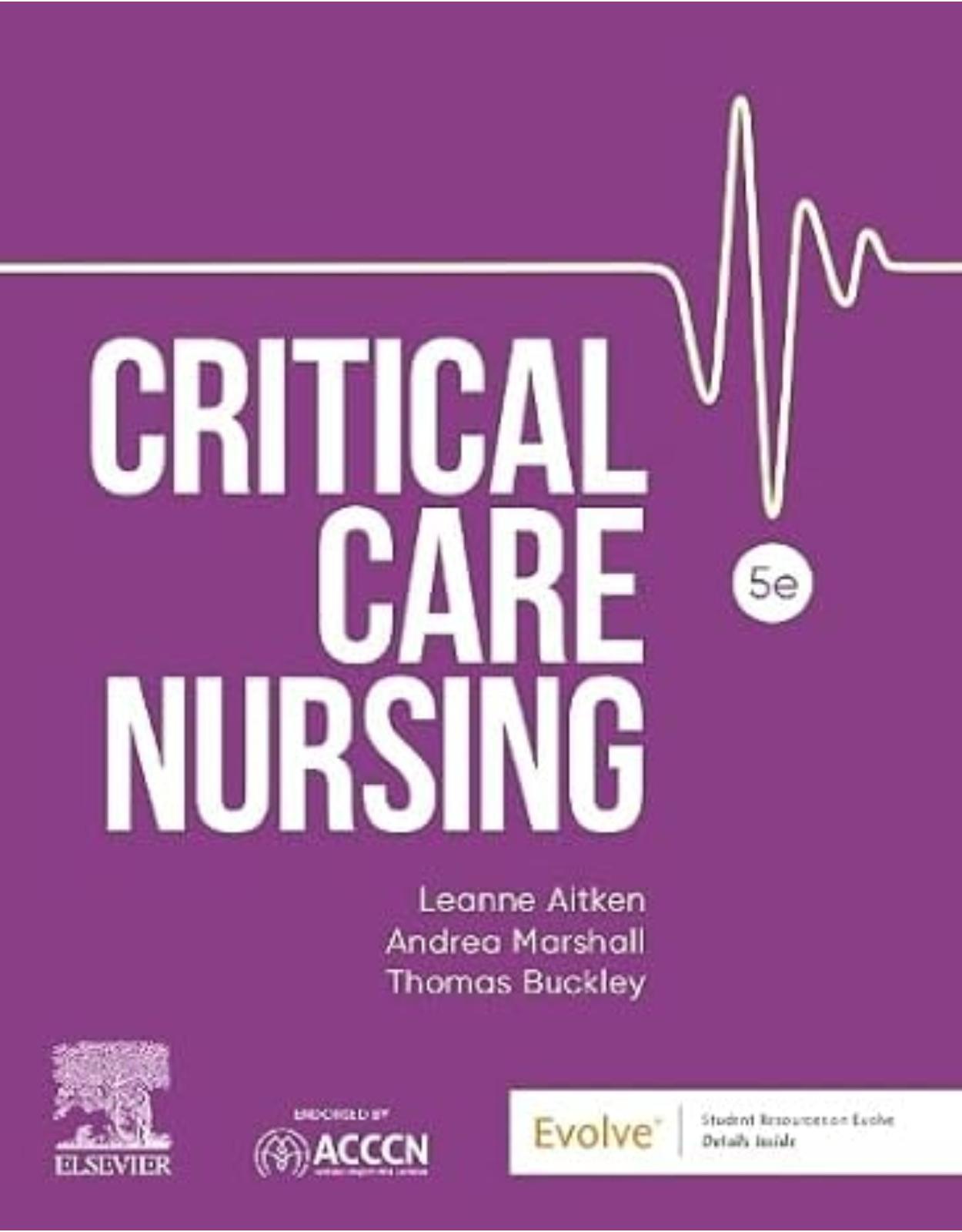
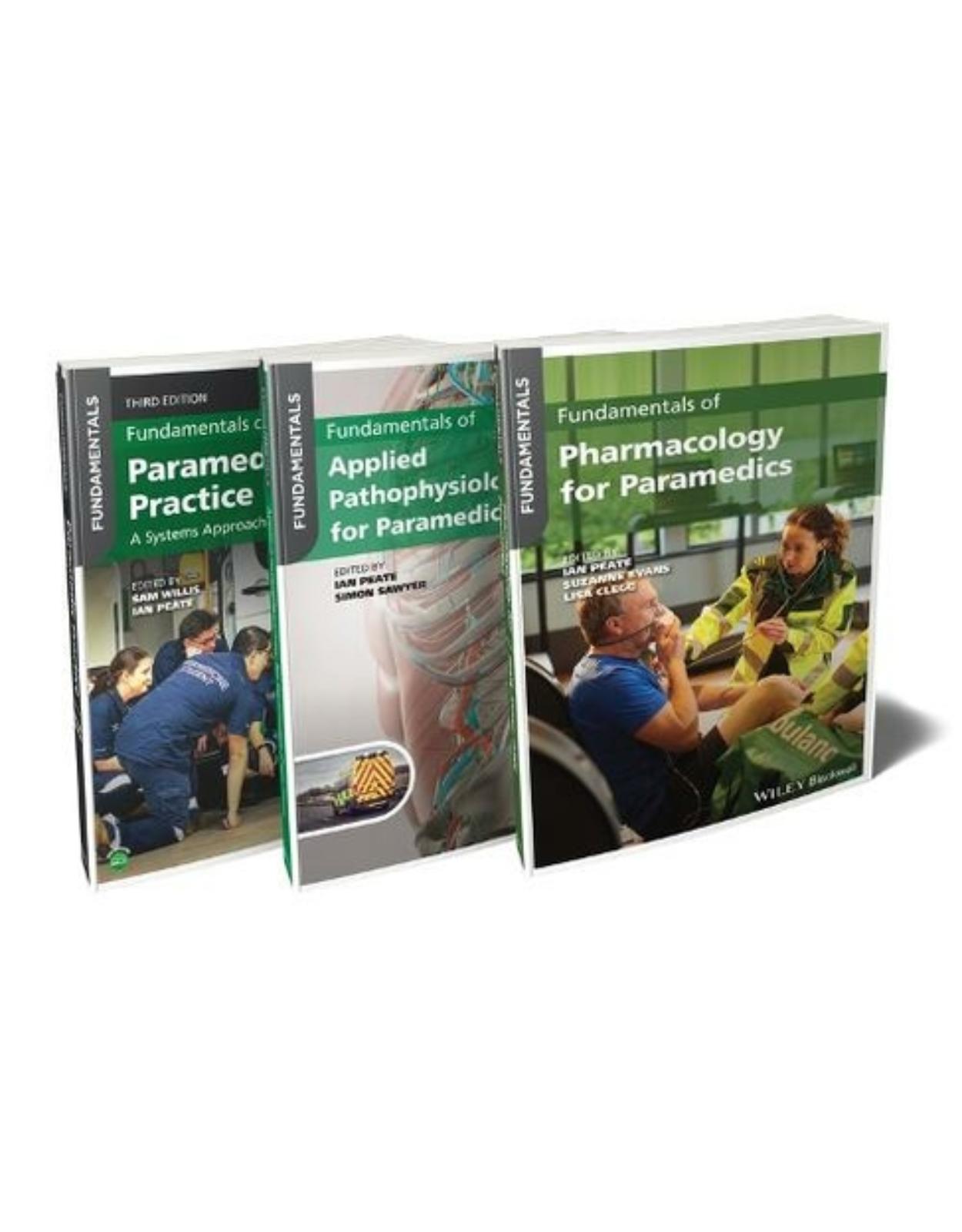
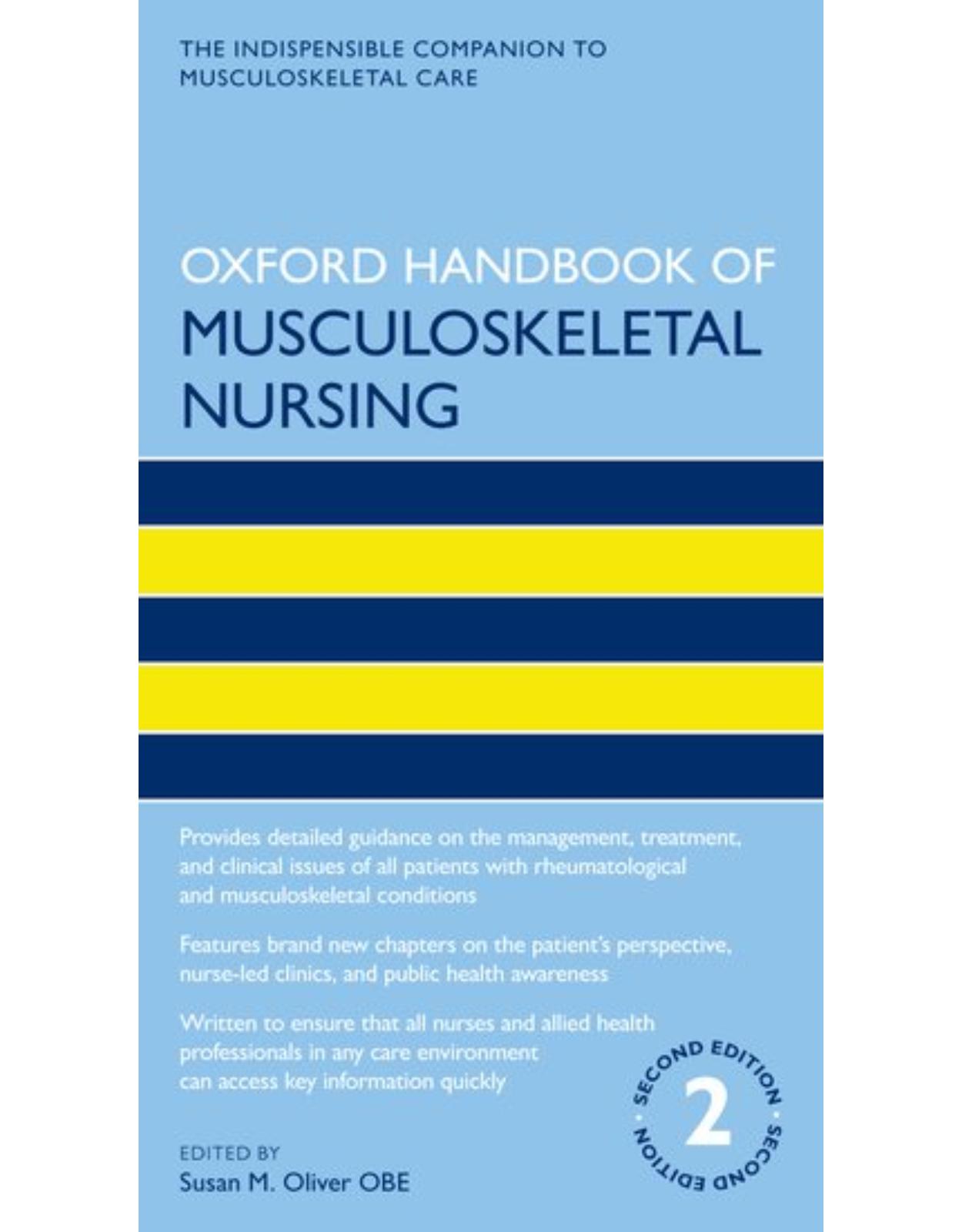
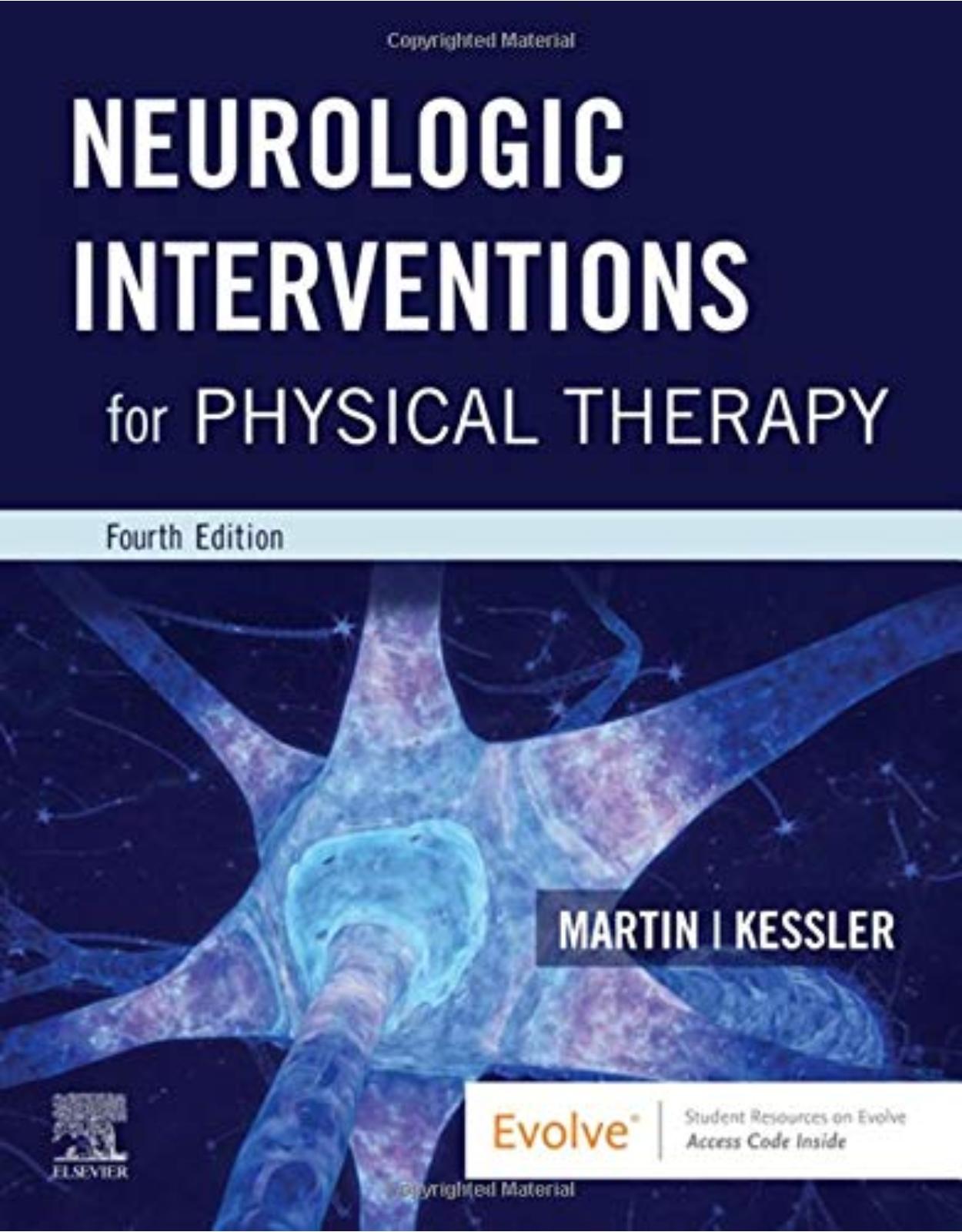
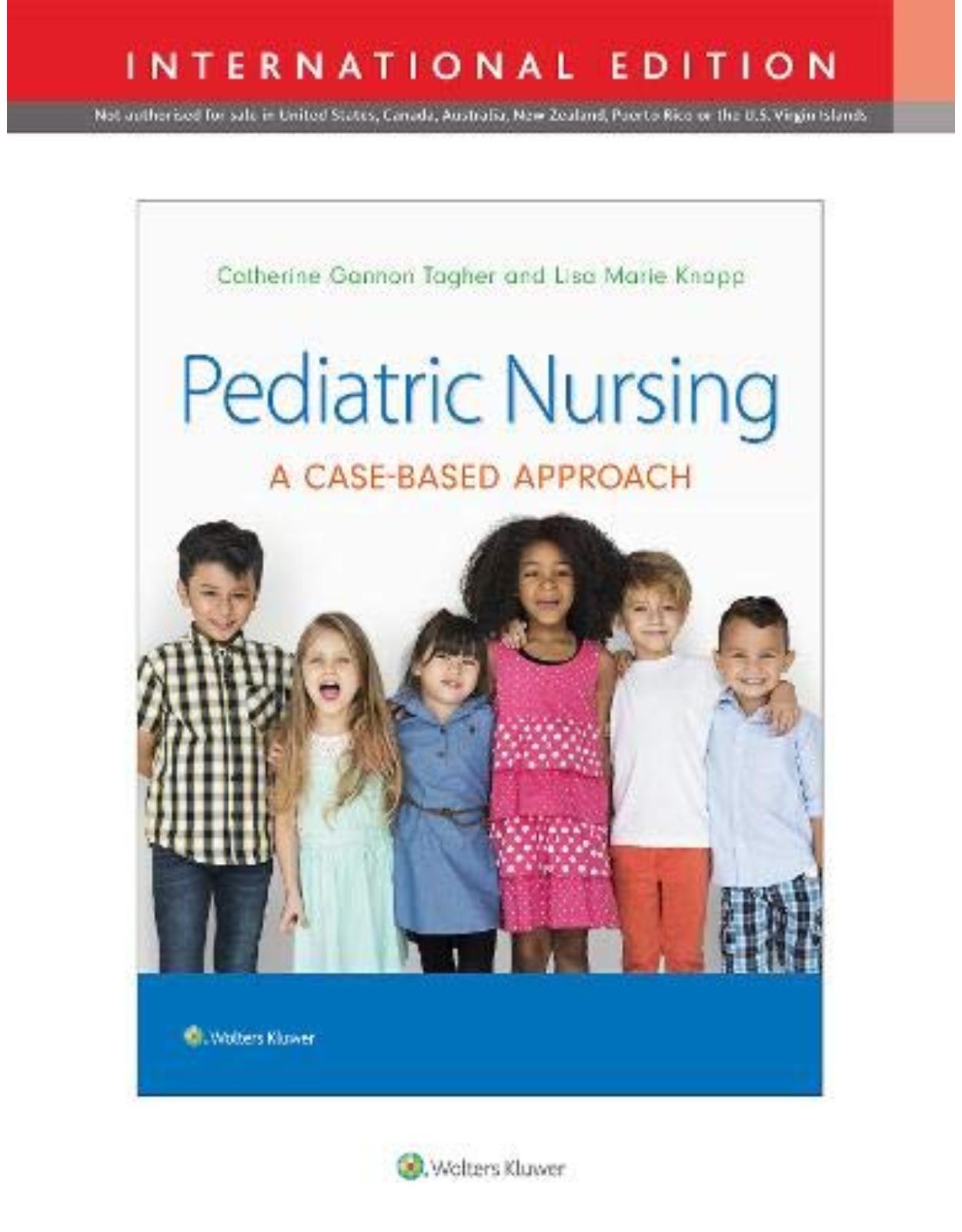
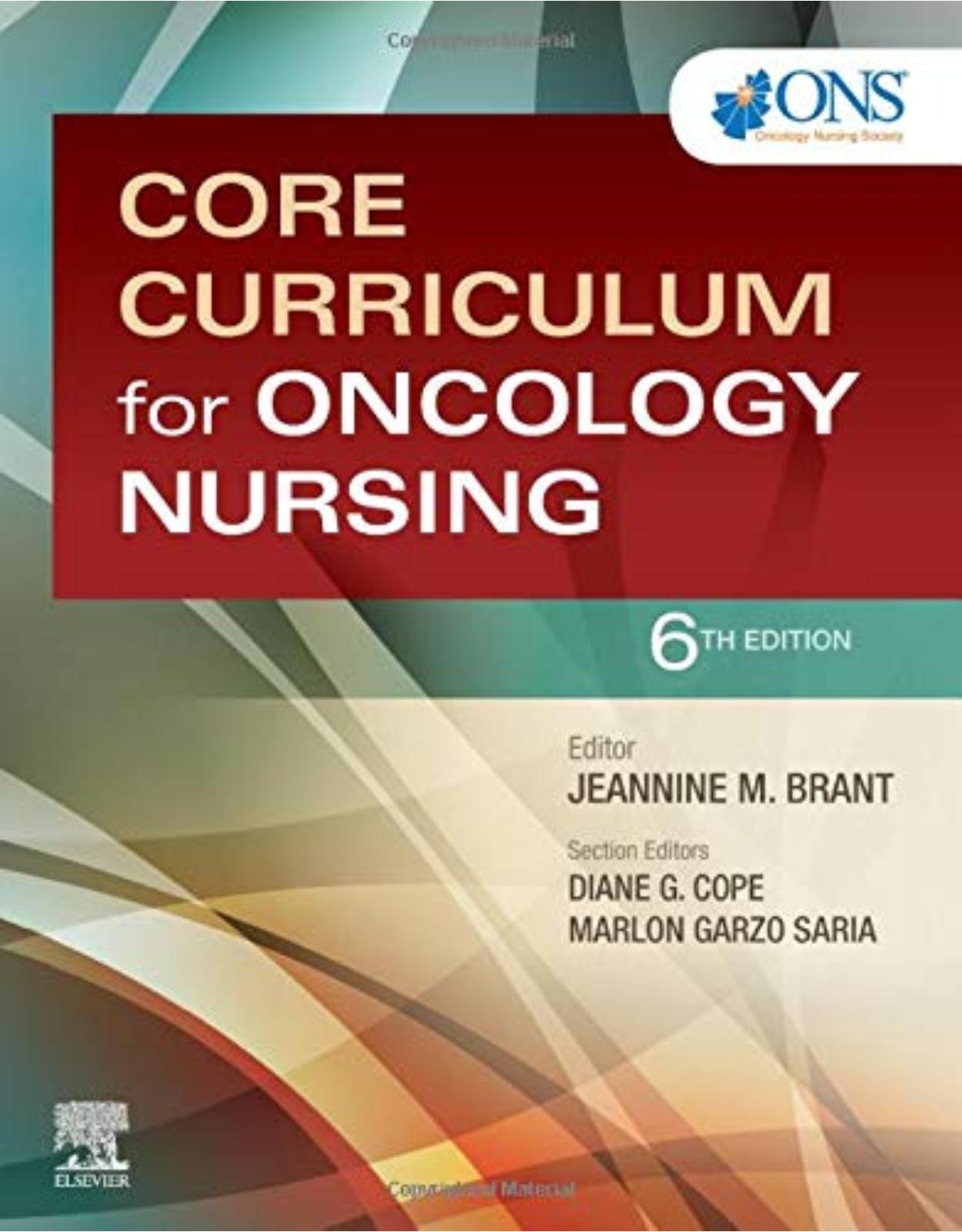
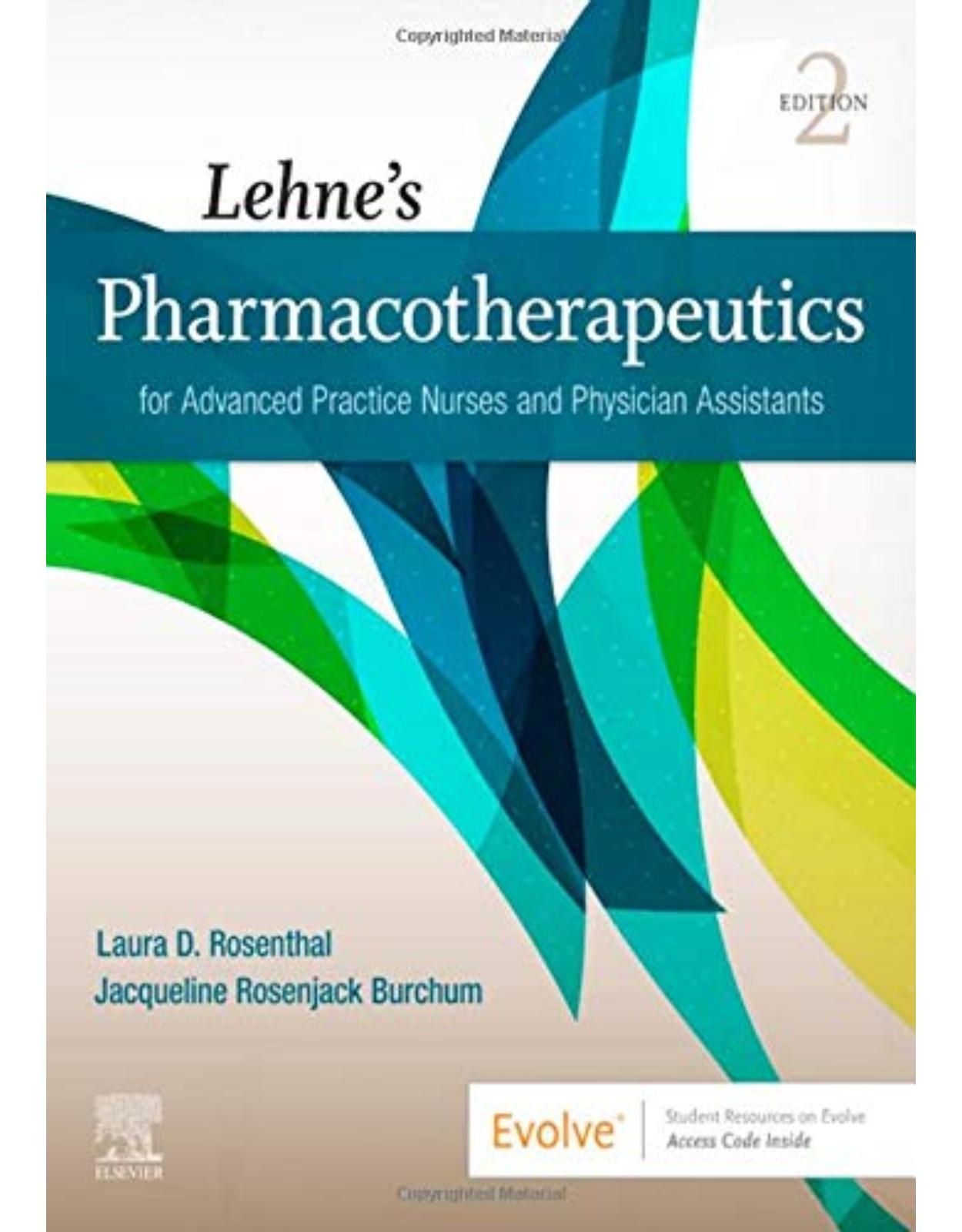
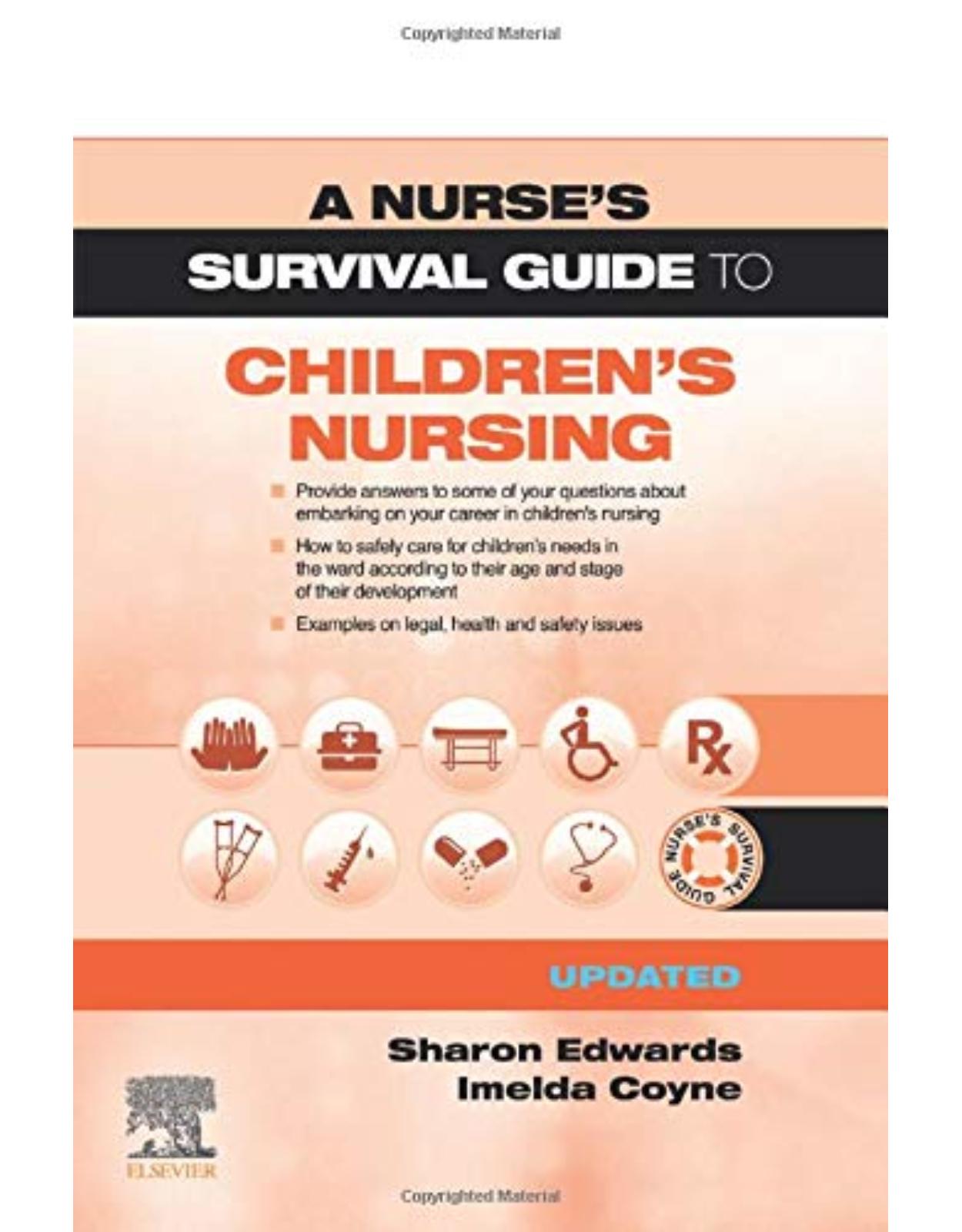
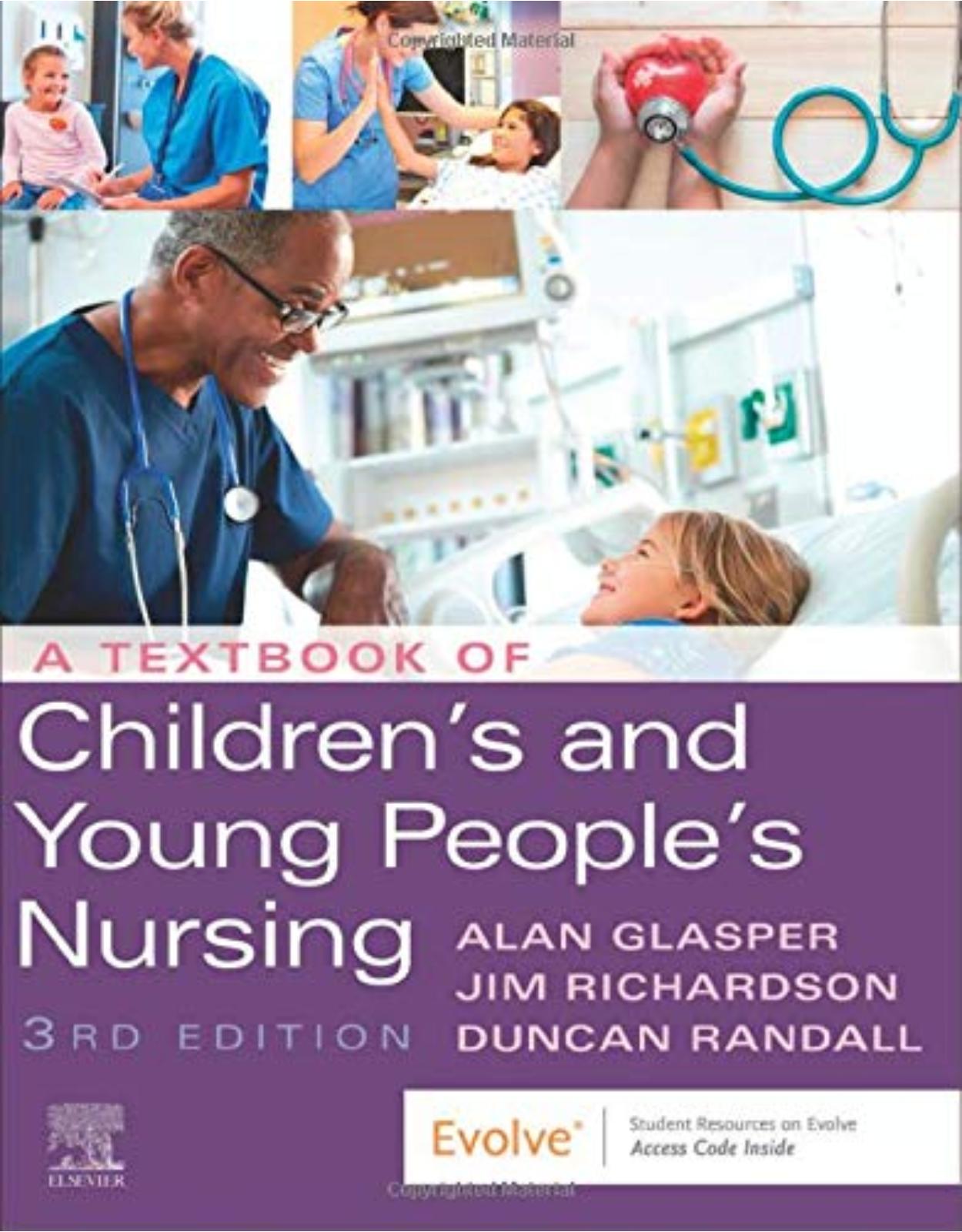

Clientii ebookshop.ro nu au adaugat inca opinii pentru acest produs. Fii primul care adauga o parere, folosind formularul de mai jos.